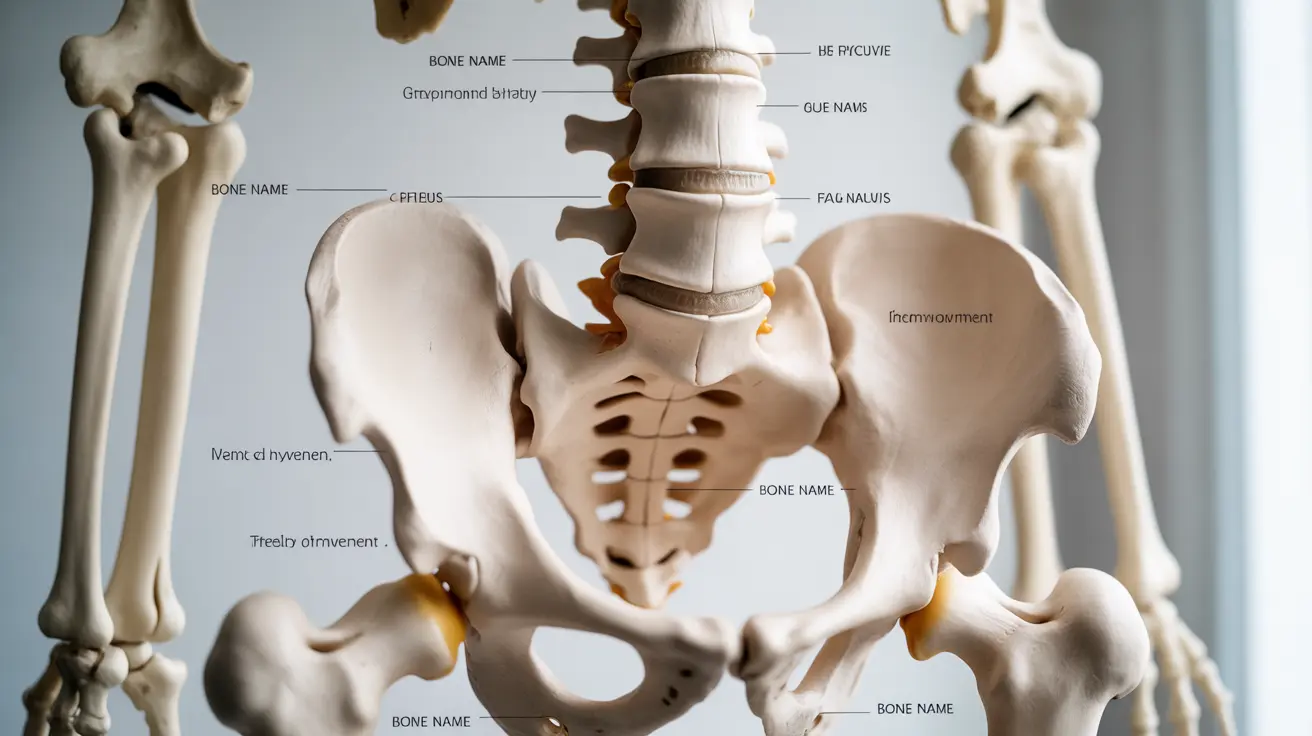Irregular bones play a vital role in the human skeletal system, performing complex functions that are essential for our survival and daily activities. These uniquely shaped bones, found in areas like the vertebrae, pelvis, and facial bones, serve multiple purposes beyond basic structural support.
Unlike long bones or flat bones, irregular bones have complex shapes that perfectly suit their specialized functions. Understanding how these bones work helps us appreciate their importance in maintaining our health and mobility.
Key Functions of Irregular Bones
Irregular bones serve several crucial functions in the body, each determined by their unique shape and location. Their primary responsibilities include protecting vital organs, facilitating movement, and providing attachment points for muscles.
Protection of Vital Organs
One of the most important functions of irregular bones is their protective role. The vertebrae protect the spinal cord, while irregular bones in the skull safeguard the brain and sensory organs. Their complex shapes create protective cavities and passages that house these vital structures.
Support for Movement
Irregular bones are essential for body movement and flexibility. The vertebrae, for instance, work together to enable the spine's various movements, including bending, twisting, and extending. This flexibility, combined with stability, is crucial for everyday activities.
Structure and Composition
Irregular bones consist of both compact and spongy bone tissue, arranged in patterns that optimize their strength and function. The outer layer of compact bone provides durability, while the inner spongy bone contains bone marrow and helps distribute forces effectively.
Blood Supply and Nutrition
These bones receive rich blood supply through numerous small channels, ensuring proper nutrition and maintenance of bone tissue. This blood supply is crucial for bone health and healing after injury.
Common Health Issues Affecting Irregular Bones
Several health conditions can impact irregular bones, affecting their function and causing discomfort:
- Osteoporosis
- Vertebral compression fractures
- Degenerative disc disease
- Sacroiliac joint dysfunction
- Spinal stenosis
Maintaining Irregular Bone Health
Proper nutrition and lifestyle choices play a crucial role in maintaining irregular bone health. Regular exercise, adequate calcium intake, and vitamin D supplementation help preserve bone strength and function.
Frequently Asked Questions
What are the main functions of irregular bones in the human body?
Irregular bones serve multiple functions, including protecting vital organs like the spinal cord and brain, supporting body movement, and providing attachment points for muscles. Their complex shapes are specifically designed to perform these specialized roles effectively.
How do irregular bones contribute to protecting vital organs and supporting movement?
Irregular bones form protective chambers and passages around vital organs, while their unique shapes allow for specific ranges of motion. For example, vertebrae protect the spinal cord while enabling flexible movement of the spine.
What health issues commonly affect irregular bones like the vertebrae and pelvis?
Common health issues affecting irregular bones include osteoporosis, compression fractures, degenerative conditions, and inflammatory disorders. These conditions can impact bone strength and mobility.
How does calcium intake impact the strength and function of irregular bones?
Calcium is essential for maintaining irregular bone strength and density. Adequate calcium intake, along with vitamin D, helps prevent bone loss and maintains the structural integrity of these bones.
What symptoms might indicate a problem such as fracture or infection in irregular bones?
Common symptoms of irregular bone problems include localized pain, reduced range of motion, tenderness to touch, swelling in the affected area, and in some cases, neurological symptoms if nerve compression occurs.




